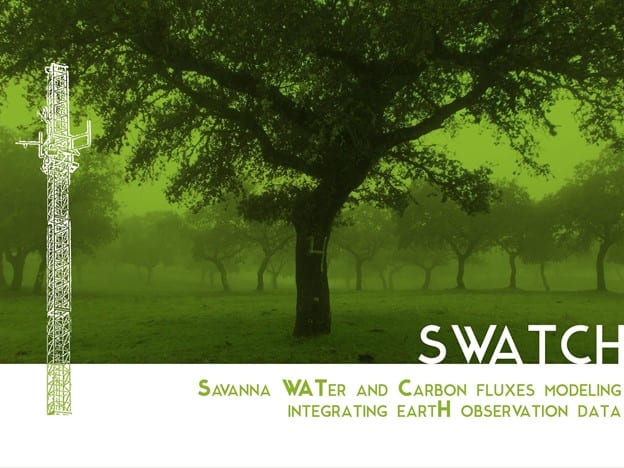 SWATCH – Savanna WATer and Carbon fluxes modelling integrating EartH Observation data
SWATCH – Savanna WATer and Carbon fluxes modelling integrating EartH Observation data
Savannas (grasslands with scattered trees and shrubs) are among the most complex, variable and extensive biomes on Earth (~20%), covering more than 3 million ha in Europe and half of Africa. One fifth of the world’s population depend upon them, as an agrosilvopastoral landscape (e.g. livestock, crops, hunting, habitat, natural value). It is critical to understand their interactions with climate, in order to assess their role in regional climate fluctuations. Perhaps more importantly, these water-limited systems are highly sensitive to changes in both climate conditions and in land use and management practices. These changes modify not only their structure, affecting the ecosystem’s long-term functioning, but also the land-atmosphere linkages and regional carbon cycle, in ways still unknown.
Since savannas are highly influenced by human activities, private and institutional practices play a key role in their conservation. Earth Observation (EO) data integration in process-based models to estimate water and CO2 exchanges, enable us to map the evolution of ecosystems health, improving their management and therefore their productivity and resilience. However, to model semiarid savanna water use and biomass production at regional scales, we must develop mechanistic understanding of how the endemic dry periods of high air temperatures and no rainfall, and the canopy structure (patched multiple canopy layers), interact with land-atmospheric processes. In addition, robust techniques must be devised to upscale the ecosystem parameters and fluxes over space and time.
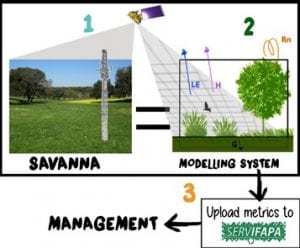
Figure 1: SWATCH Overview and Objectives
This proposal aims to develop a unique information system for savanna water use and biomass production on a regional scale capable of supporting decision-making processes. This effort will be a key point to ensure a sustainable rural development and food security, in a future when a growing population will face extreme climate conditions, directly addressing the European H2020 Work Programme priorities. SWATCH integrates different-scale Earth Observation data (from remote-sensing techniques) into water and surface energy balances and plant production/light-use efficiency models. Long-term eddy covariance towers and ground measurements will be used to determine ecosystem parameters, to develop accurate methods for space/time upscaling, and for model validation (Figure 1: SWATCH overview).
The objectives of the outgoing phase of this proposal have been, 1) Improve the knowledge of the biophysical processes that govern the exchanges of water and carbon between savanna landscapes and the atmosphere, and 2): Develop a mechanistic and robust model of water/energy/carbon fluxes in a savanna ecosystem, by integrating biophysical processes and various remote sensing products, to be able to achieve the last objective in the return phase of the project, 3) SWATCH implementation over a pilot study area in Spain.
This first phase, conducted in Californian savannas (US), was hosted by Prof. Baldocchi’s group at UC Berkeley, with the collaboration of Dr. Kustas of the Hydrology and Remote Sensing Lab (USDA-HRSL, Beltsville). Due to their Mediterranean climate, California and Spain regions encompass a high percentage of savanna (~10% each), which makes them ideal locations to evaluate semiarid savannas. Prof. Baldocchi’s group expertise on biosphere/atmosphere carbon and water exchanges and process-based modelling, more than 15 years of data series over Tonzi FluxNet oak savanna, and collaborators of the Biometlab such as M.R. Johnston (Harvard University), along with Dr. Kustas extensive expertise in modelling energy fluxes with EO, allowed Dr. Andreu to better understand ecosystem functioning on canopy/field scale, and how to bridge the gap between field (pixel resolution) and landscape/regional scales (whole satellite imagery). Related field campaigns where Dr. Andreu participated, such as the Grapex experiment lead by Dr. Kustas over Californian vineyards, or the new set up of Santa Clotilde site from IFAPA (Cordoba, Spain) were key on this first part of the fellowship (Figure 2: Field campaigns). In the return phase, with Dr. González-Dugo’s group at IFAPA (Spain), the aim is to focus on a pilot experience, developing an information system useful to support management decisions regarding the Spanish oak savanna system, known as dehesa. Dr. González-Dugo’s group is one of the few research institutions dedicated to monitor dehesas using EO data.
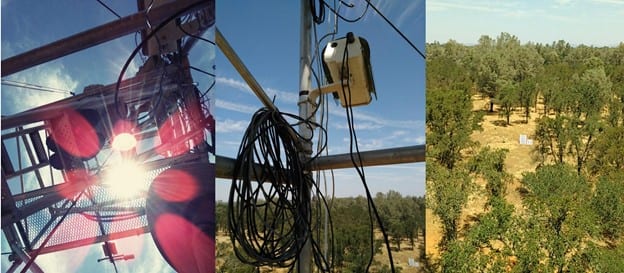
Figure 2: Thermal camera and experiments
Different studies and experiments have been designed to address SWATCH scientific aspects. They have been mostly conducted in Tonzi oak savanna in California (e.g installation of a thermal camera, field campaigns to assess important thermal properties of the different covers, evaluating small water reservoirs for rangeland management with EO, etc) (Figure 3: Thermal camera and emissivity experiments), in Santa Clotilde oak savanna in Spain (e.g. evaluating different energy balance models and data fusion methods, conducting radiometric field campaigns, etc), and in Skukuza savanna FluxNet experimental area located in the Kruger National Park, in South Africa (studying the possible combination of energy and water balance models). Some of the work have already been published (Andreu et al., 2018a; Andreu et al., 2018b, Carpintero et al., 2020; Carpintero et al., 2020; Gonzalez-Dugo et al., 2020). These contents are being uploaded to the project website https://savannahwatch.cc with news regarding SWATCH implementation, tools, publications, and a general overview.
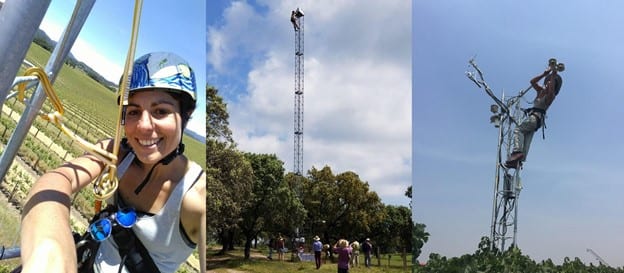
Figure 3: Field campaigns
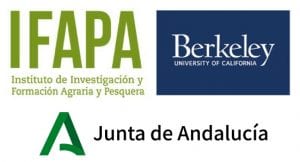
Participant Institutions


